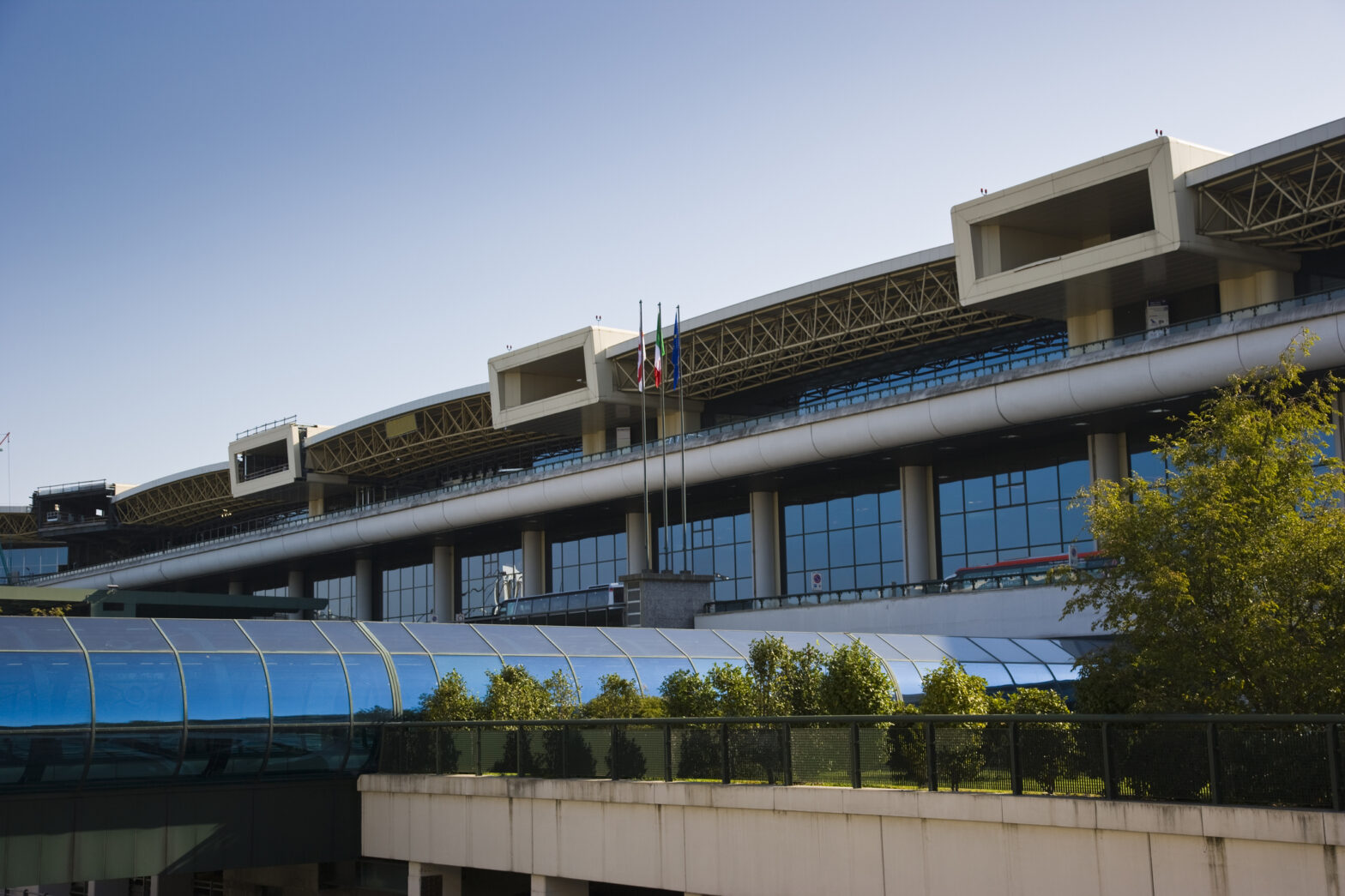A flight from Dublin to Amsterdam turned into a nail-biting emergency when the co-pilot collapsed just minutes after takeoff. The frightening event, which occurred on October 19, 2022, was recently revealed in a detailed report by the Air Accident Investigation Unit (AAIU).
Just three minutes after takeoff, the unthinkable happened when the Embraer E175-200 STD plane reached 10,000 feet. The 35-year-old first officer, who had been at the controls since departure, suddenly indicated to the commander that he was feeling unwell. Moments later, he slumped in his seat, rapidly becoming incapacitated.
Inside The Dublin Flight Where The Pilot Collapsed
The aircraft commander, faced with a critical situation, immediately sprang into action. Despite his efforts to revive his colleague by speaking loudly and shaking him by the shoulder, the co-pilot remained unresponsive. With the lives of 37 passengers and four crew members in his hands, the commander made the swift decision to turn the plane around. As he requested clearance to return to Dublin Airport, he also called for medical assistance to be ready upon landing.
Dublin Live, a local publication, states that with the autopilot engaged, the commander took over all flying duties while simultaneously managing the emergency. He urgently summoned the cabin crew through the emergency call button and by knocking on the cockpit door. Although the first officer eventually regained consciousness and appeared stable, the commander determined he was unfit to be part of an active cockpit crew.
Nature threw another curveball at the flight as if the situation wasn’t precarious enough. During its approach to Dublin Airport, at an altitude of just 100 feet, the aircraft encountered a flock of birds, resulting in a strike to the left side of its nose section. Miraculously, this additional complication did not cause any immediate problems, though it had the potential to increase the workload of the already-strained pilot.
Despite the multiple challenges, the commander managed to execute a normal landing at 8:40 a.m., 18 minutes after the initial takeoff. Emergency medical teams stood by as the aircraft touched down to attend to the stricken co-pilot. A subsequent medical assessment revealed that the first officer had experienced a bout of low blood pressure. Investigators pointed to possible factors, including a lack of water and food and the rising cabin altitude after departure.





